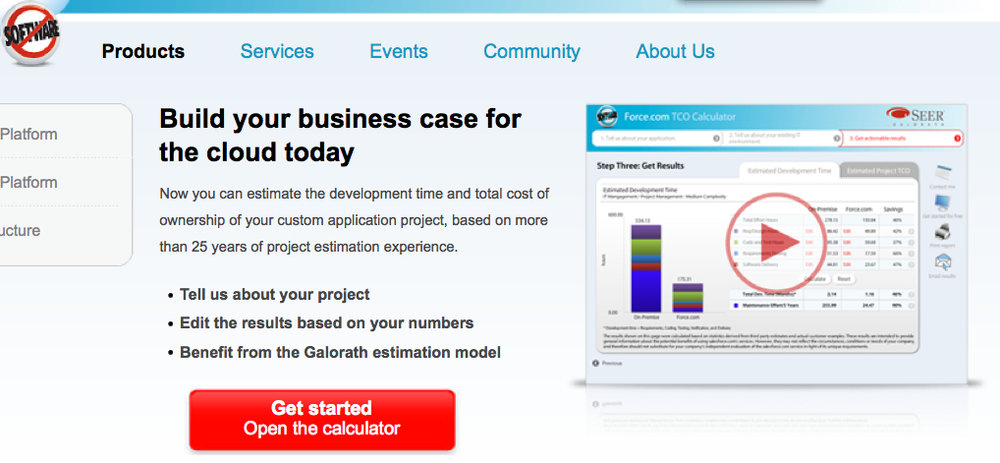Your IT Department's Fear of the Cloud
/ WARNING - STRONG LANGUAGE IN THE VIDEO BELOW.
WARNING - STRONG LANGUAGE IN THE VIDEO BELOW.
Information technology is going through a tremendous shift in organizations. I'm not just talking about the technology per se; I am referring to a more challenging issue - that of the traditional role of the "IT" and its leadership That role in many organizations needs to change and how.
Used to be that the application of technologies in organizations required high levels of understanding around the technical aspects of it all. Think of the days when hobbyists would construct their own personal computers, ala Apple, in a garage. Like the Wright Brothers, IT required at its core inventors with detailed oriented personalities who had to focus on great minutia to get something to do what needed to be done. The benefits of automating manual tasks utilizing RPG or other code was low hanging fruit and a different paradigm than today. To realize the benefits of technology today in organizations requires a deeper understanding of its deployment. There exists a wide range of methods to achieve results more easily and more inexpensively - thanks to the Cloud. Hence this post and video.
I can tell you that the TRUE adoption of the Cloud is not what many in IT claim or represent it to be,. Cloud adoption is being stifled by IT leadership in many instances mostly out of fear. Fear of losing jobs; fear of being irrelevant; fear of the unknown. Business leaders need to GET THEIR HANDS around what the Cloud really is and start evaluating their options because in most cases the options are much more worthy of pursuit then they might know or are being told. My partner Clint Lee brought the video below to my atention. It is an actual discussion in an organization between an internal customer and an IT leader. It is not an exaggeration.Watch it (pardon the expletives) and believe me when I tell you - YOU NEED TO EVALUATE THE REAL CLOUD. Feel free to contact me if you need any assistance.











